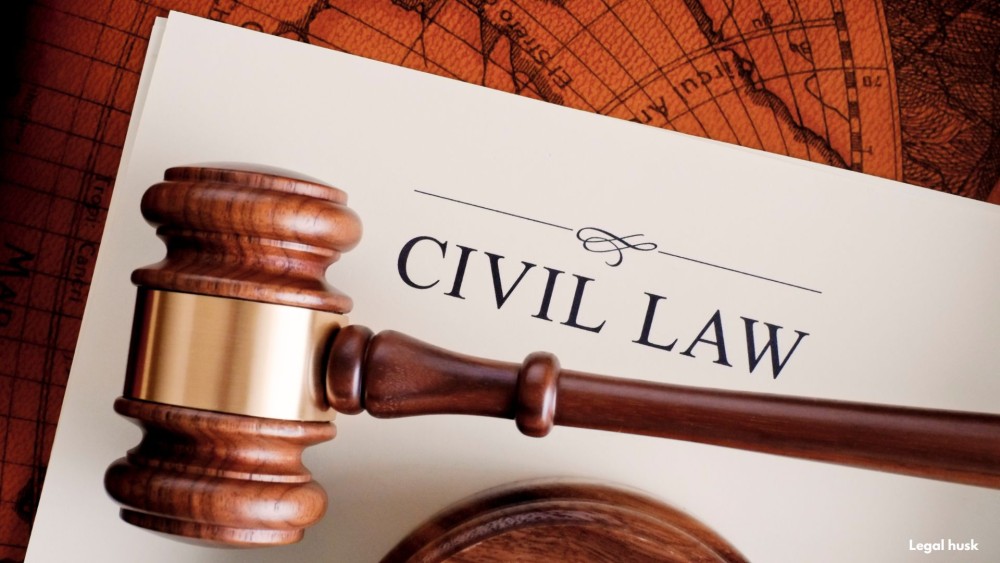
Explore how motions to dismiss can be used effectively in wage and hour disputes. Learn key arguments, legal strategies, and case law examples that impact employment litigation.
Learn More →
Understand the importance of compliance in motions to dismiss. Learn how regulatory adherence and legal protocols affect the dismissal process in various litigation contexts.
Learn More →
Learn how to draft effective motions to dismiss in insurance disputes. Understand key legal arguments, procedural strategies, and real-world case examples to strengthen your defense.
Learn More →
Explore the role of motions to dismiss in regulatory compliance litigation. Learn key arguments, legal strategies, and case law examples that impact compliance-related disputes.
Learn More →
Discover how motions to dismiss influence legal precedents. Learn how dismissals shape case law, impact future litigation, and define judicial interpretations.
Learn More →
Learn how to draft motions to dismiss for privacy violation cases. Explore key legal arguments, procedural strategies, and case law influencing dismissals in data privacy and invasion of privacy litigation.
Learn More →Whether you are dealing with a complex family matter, facing criminal charges, or navigating the intricacies of business law, our mission is to provide you with comprehensive, compassionate, and expert legal guidance.